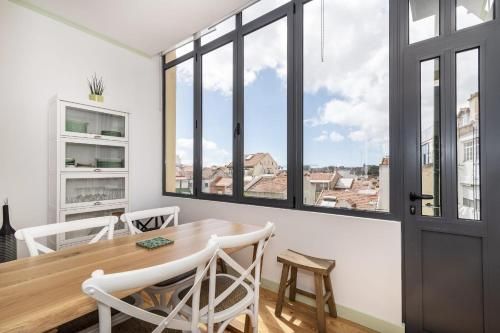Why choose this Lisbon tour ?
Enjoy a five-day private tour of Portugal’s best sights in a luxury vehicle. To provide personalized service, your private group can have up to 7 people on the tour and includes drinks on board. The professional driver will pick you up at your preferred location and will also drop you off at your preferred location at the end of the tour.
The city tour is a great way to see the famous sights and includes several photo stops to explore the city. In the comfort of a luxury utility.
You’ll see the superb views from a luxury vehicle that can take you to places no tour buses can go.
Make the most of your Lisbon adventure
Tour Description & Additional Info:
- Wheelchair accessible
- Infants and small children can ride in a pram or stroller
- Service animals allowed
- Infants are required to sit on an adult’s lap
- Specialized infant seats are available
- Suitable for all physical fitness levels
Options To Choose for Your Trip:
Not Included
- MONUMENT ENTRY TICKET
- GUIDED TOUR IN MONUMENTS
Trending Lisbon Nearby Tours Likely To Sell Out
Special Instructions:
- This Tour is Provided by Sucesso e Dedicação.
- Tour Timezone & Starts at Europe/Lisbon.
- Mobile or paper ticket accepted.
- For a full refund, cancel at least 24 hours before the scheduled departure time.
- Minimum 1 Travelers is required to book.
- Maximum 8 Travelers is accepted for booking.
as soon as you make the purchase please inform the check-in location










